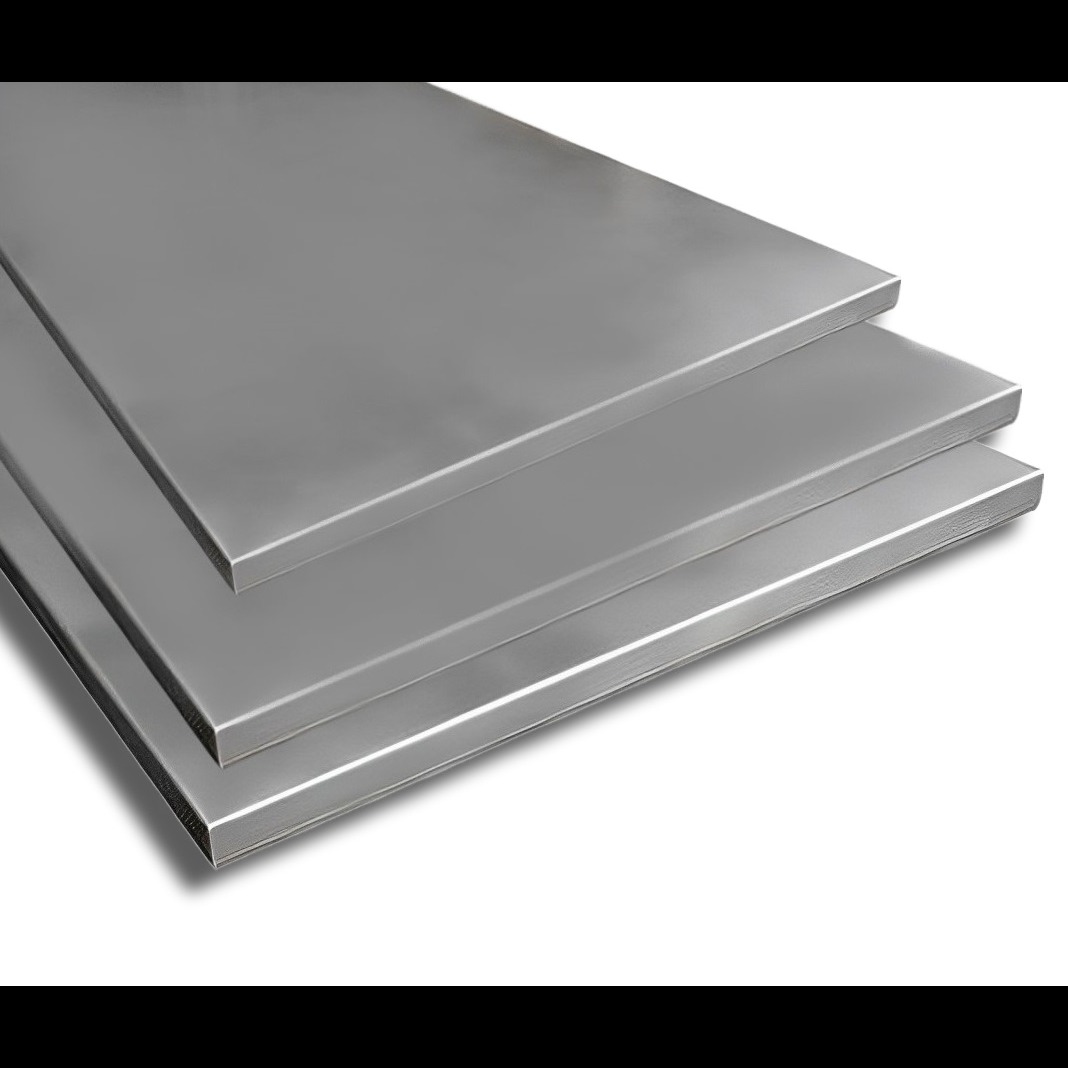Stainless Steel 316 – Superior Corrosion Resistance for Harsh Environments Stainless Steel 316 is a molybdenum-bearing austenitic stainless steel renowned for its exceptional resistance to pitting, crevice corrosion, and chemical attack. It offers significantly better corrosion resistance than SS 304, particularly in chloride or marine environments, making it a preferred material for critical applications in the chemical, marine, food, and pharmaceutical industries. The presence of 2–3% molybdenum enhances 316’s performance in saltwater and acidic environments, while also improving its resistance to high-temperature oxidation. SS 316 maintains excellent strength, durability, and formability, even in aggressive service conditions. Key Features: Excellent corrosion resistance, particularly in chlorides and acidic conditions High strength and creep resistance at elevated temperatures Good weldability and fabricability Non-magnetic in the annealed condition Maintains mechanical integrity in marine and chemical environments Typical Chemical Composition: Element Content (%) Carbon (C) ≤ 0.08 Chromium (Cr) 16.0 – 18.0 Nickel (Ni) 10.0 – 14.0 Molybdenum (Mo) 2.0 – 3.0 Manganese (Mn) ≤ 2.0 Silicon (Si) ≤ 1.0 Phosphorus (P) ≤ 0.045 Sulfur (S) ≤ 0.03 Mechanical Properties: Property Value Yield Strength ≥ 205 MPa Tensile Strength ≥ 515 MPa Elongation ≥ 40% Hardness (HRB) ≤ 95 Common Applications: Chemical and petrochemical processing equipment Marine hardware and coastal structural components Heat exchangers, tanks, and pressure vessels Pharmaceutical and food-grade processing equipment Pulp and paper industry systems Summary: SS 316 stands out for its durability, corrosion resistance, and high-temperature strength, making it ideal for high-demand environments where material failure is not an option. It’s the material of choice for chemical handling, marine exposure, and hygienic applications.
Chat with us on WhatsApp
×
This is your website preview.
Currently it only shows your basic business info. Start adding relevant business details such as description, images and products or services to gain your customers attention by using Boost 360 android app / iOS App / web portal.
https://www.alloysteelsplate.com/latest-update/stainless-steel-316-superior-corrosion-resistanc/113
Stainless Steel 316 – Superior Corrosion Resistanc...

2025-06-18T05:03:24
Stainless Steel 316 – Superior Corrosion Resistance for Harsh Environments Stainless Steel 316 is a molybdenum-bearing austenitic stainless steel renowned for its exceptional resistance to pitting, crevice corrosion, and chemical attack. It offers significantly better corrosion resistance than SS 304, particularly in chloride or marine environments, making it a preferred material for critical applications in the chemical, marine, food, and pharmaceutical industries. The presence of 2–3% molybdenum enhances 316’s performance in saltwater and acidic environments, while also improving its resistance to high-temperature oxidation. SS 316 maintains excellent strength, durability, and formability, even in aggressive service conditions. Key Features: Excellent corrosion resistance, particularly in chlorides and acidic conditions High strength and creep resistance at elevated temperatures Good weldability and fabricability Non-magnetic in the annealed condition Maintains mechanical integrity in marine and chemical environments Typical Chemical Composition: Element Content (%) Carbon (C) ≤ 0.08 Chromium (Cr) 16.0 – 18.0 Nickel (Ni) 10.0 – 14.0 Molybdenum (Mo) 2.0 – 3.0 Manganese (Mn) ≤ 2.0 Silicon (Si) ≤ 1.0 Phosphorus (P) ≤ 0.045 Sulfur (S) ≤ 0.03 Mechanical Properties: Property Value Yield Strength ≥ 205 MPa Tensile Strength ≥ 515 MPa Elongation ≥ 40% Hardness (HRB) ≤ 95 Common Applications: Chemical and petrochemical processing equipment Marine hardware and coastal structural components Heat exchangers, tanks, and pressure vessels Pharmaceutical and food-grade processing equipment Pulp and paper industry systems Summary: SS 316 stands out for its durability, corrosion resistance, and high-temperature strength, making it ideal for high-demand environments where material failure is not an option. It’s the material of choice for chemical handling, marine exposure, and hygienic applications.
2025-06-18T05:03:24
Keywords
- 0045 sulfur
- ss 304
- material failure
- preferred material
- hygienic applications
- fabricability nonmagnetic
- creep resistance
- critical applications
- offers significantly
- exceptional resistance
- highdemand environments
- acidic environments
- pharmaceutical industries
- chemical attack
- corrosion resistance
- durability corrosion resistance
- marine environments making
- chemical marine food
- pressure vessels pharmaceutical
- pitting crevice corrosion
- hightemperature strength making

Submit Your Enquiry